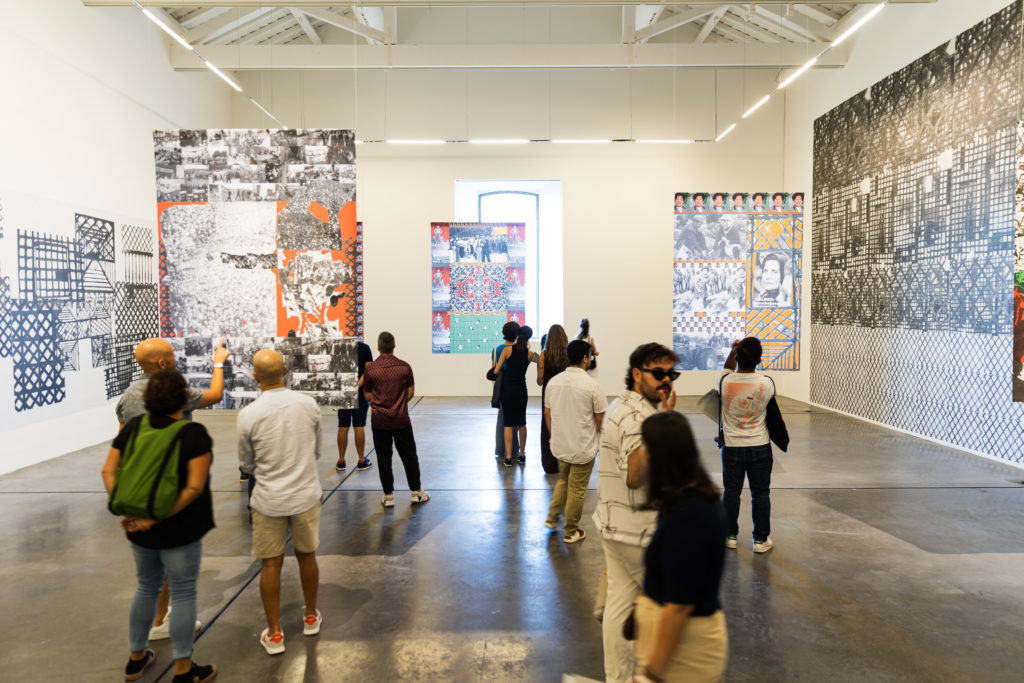Share the post "Inclusion and opportunities at the Arquipélago – Contemporary Arts Center. Interview with director João Mourão"
What is your museum about and what is your work there?
Arquipélago – Centro de Artes Contemporâneas is the contemporary art center of the Portuguese Autonomous Region of the Azores, an archipelago of nine islands located in the middle of the Atlantic Ocean, between Europe and the North American continent.
It was created by the Regional Government in 2015, as a place for the production, presentation, and fruition of contemporary art in all its multiple languages: from visual arts to theatre, from performance to dance, and from architecture to cinema. Focusing on the local community, it aims at being both national and international.
The museum occupies the premises of a former alcohol factory with a total area of more than 10.000 square meters, which was impeccably projected by architects João Mendes Ribeiro and Menos é Mais. It has spaces for artist residencies, a black box for performative arts, music, and cinema, exhibition spaces, and a plethora of multipurpose spaces.

Located on the capital island of a fairly remote archipelago, we are also thinking about a museum that exists outside its physical walls and that can present, produce and mediate contemporary art in the other eight islands.
I became the director of Arquipélago in October 2020, during the pandemic, and since then our main focus has been education and mediation Arquipélago is located in the city of Ribeira Grande, the municipality in Portugal with the youngest people. It is also one of the most economically fragile. These two aspects of the local demography matter tremendously and have been guiding us in how we define and present our program: mediating what an arts center is, decoding contemporary art, and giving our constituents tools for engaging with contemporary culture has been the basis of our institutional work.
Of course, the strategies have been numerous, and we will certainly talk about them throughout our conversation; I would say that our idea for Arquipélago involves creating a relevant institution, in Ribeira Grande, on the island of São Miguel, in the Azores, in mainland Portugal and wherever else we can go.
What inspired you to pursue a career in the museum field and how did you get started in the industry?
Instead of industry, I would rather prefer the term institutions. Reflecting on institutional practice, on what ways of instituting we can imagine and produce, has been central to my practice. I have always believed that an institution should have a voice [and perhaps also a personality], as well as adopt and defend concrete points of view and political positions.

Over the past two years, Arquipélago — Centro de Artes Contemporâneas has become an institution that says things, that reflect the world in which it exists. We have been working to produce a more ethical, responsible, and egalitarian future. The context in which the institution operates models it, shapes it, and suggests very concrete objectives and ways of acting.
Continue on MuseumWeek Magazine.
